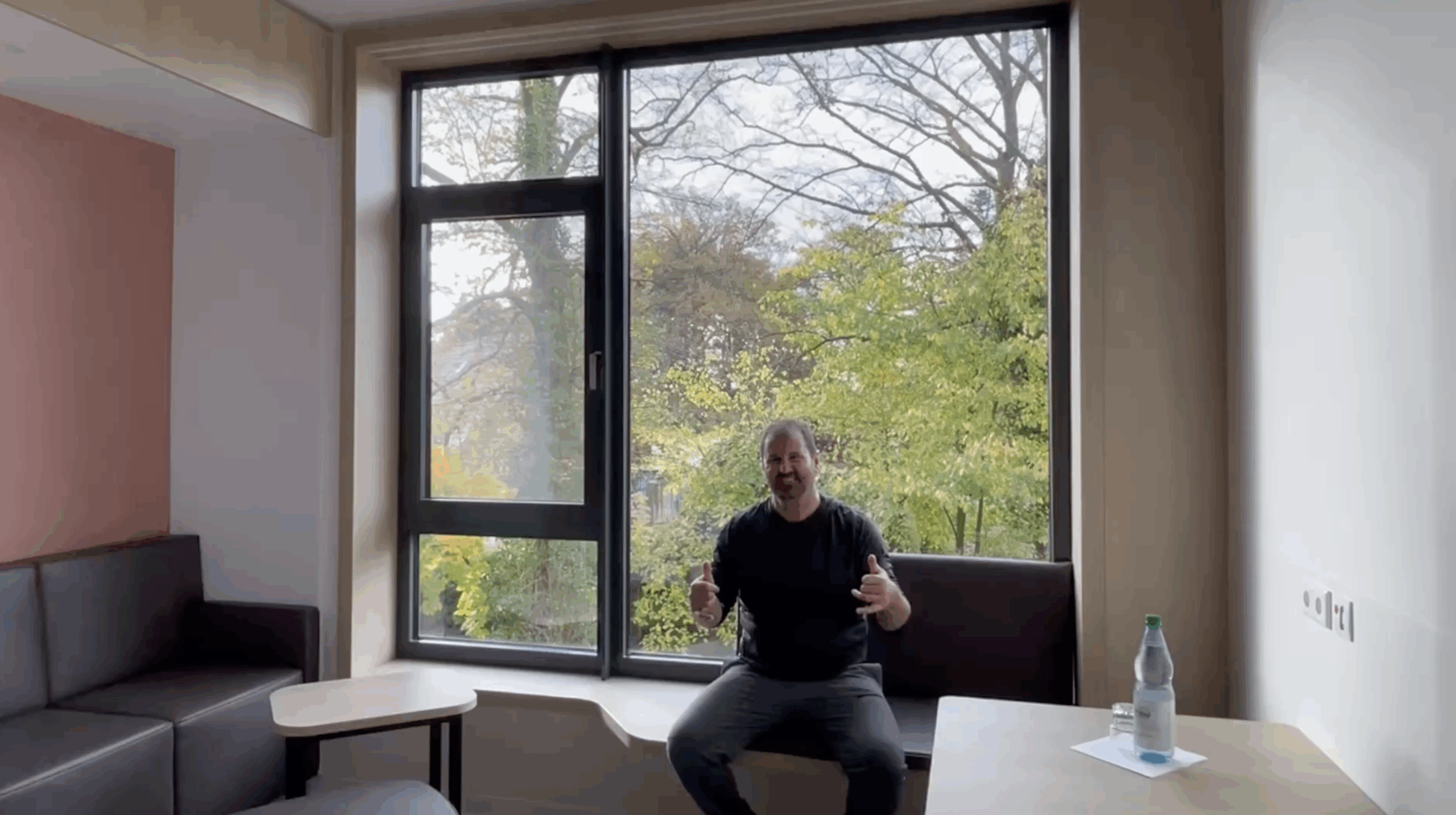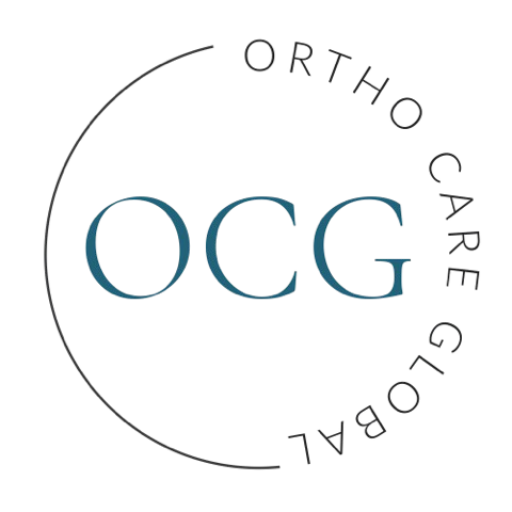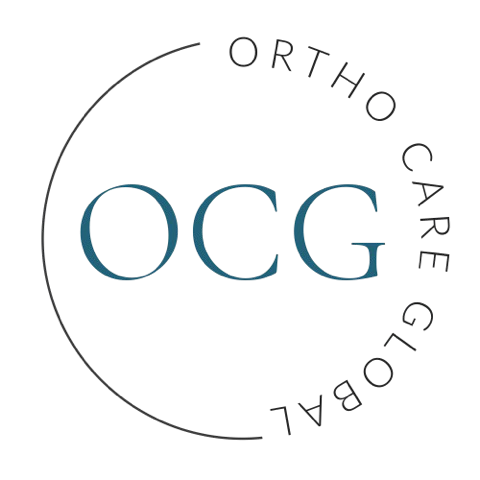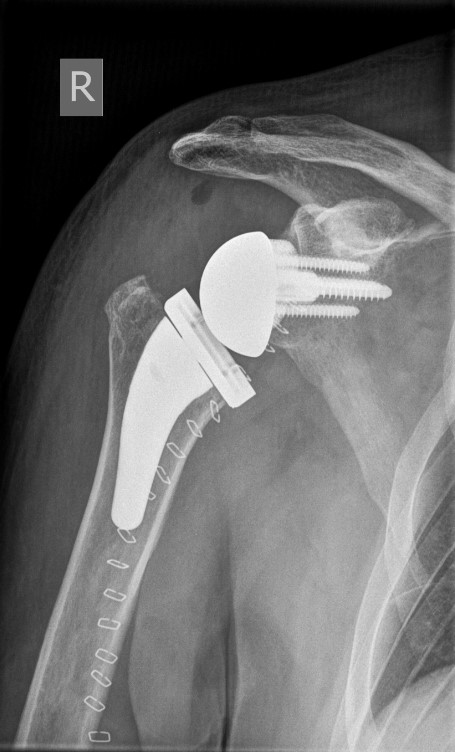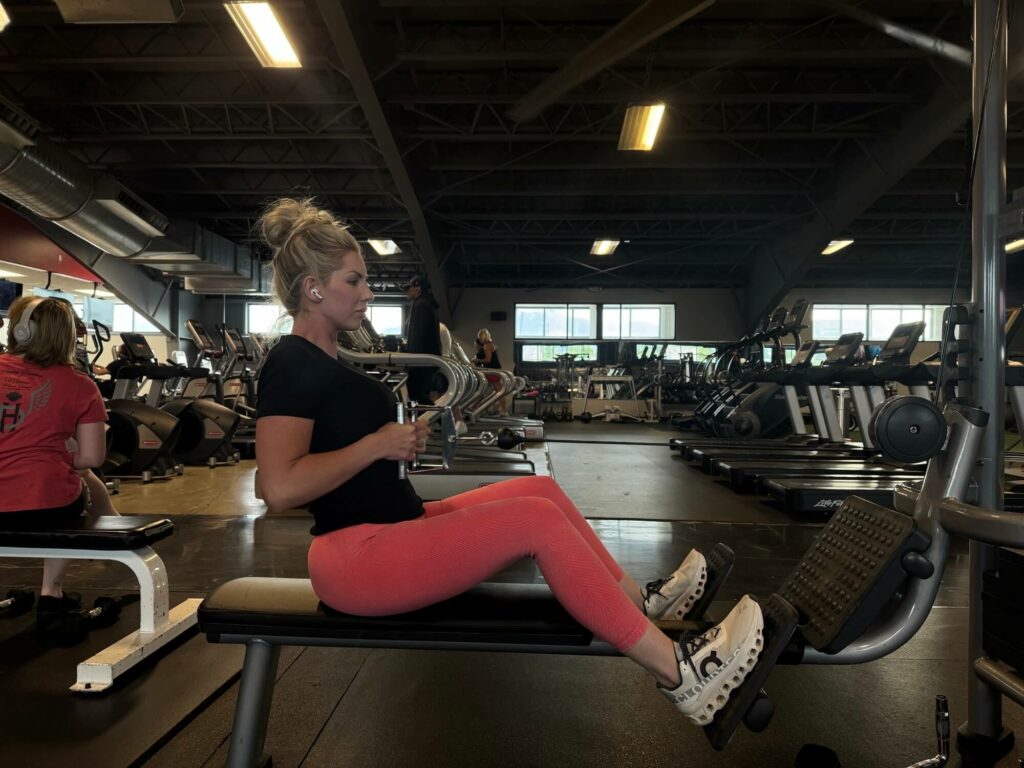Symptoms, diseases and medical Treatment
Shoulder
The treatment of shoulder disorders is determined by the underlying diagnosis, the severity of the pathology and the functional demands. It is typically approached in a stepwise manner. Conservative therapies, such as targeted physiotherapy, non steroidal anti-inflammatory drugs (NSAID´s), corticoid infiltrations and physical modalities (Cryotherapy, thermotherapy, ultrasound) constitute the first line approach for many functional and degenerative conditions.
If conservative measures fail or if there are structural lesions, minimally invasive arthroscopic procedures are increasingly indicated.
Medical solution
Minimally invasive arthroscopic procedures have become the gold standard in the treatment of various shoulder pathologies due to their reduced surgical trauma, faster recovery times and improved cosmetic outcomes.
Among the most common interventions is:
These techniques collectively represent a significant advancement in shoulder surgery, offering precise and effective solutions for a broad spectrum of disorders.
Shoulder arthroplasty is an established treatment option for advanced degenerative, traumatic, or inflammatory conditions of the glenohumeral joint. Indications include primary and secondary osteoarthritis , post-traumatic joint destruction, complex proximal humeral fractures and degenerative rotator cuff tears resulting in cuff tear arthropathy. The primary goals of prosthetic joint replacement are pain reduction, restoration of function and improvement in quality of life.

Start Your Medical Evaluation
Fill out our secure online form and get expert treatment recommendations from top European surgeons — no commitment required.

Aspen Peterson
Two-Level Disc Replacement
At 26 years old, I was living with severe, chronic back pain that made everyday activities—like sitting through a movie—nearly impossible. After exhausting all conservative treatment options, I underwent a two-level disc replacement surgery performed by Dr. Karsten Ritter-Lang in Germany.
